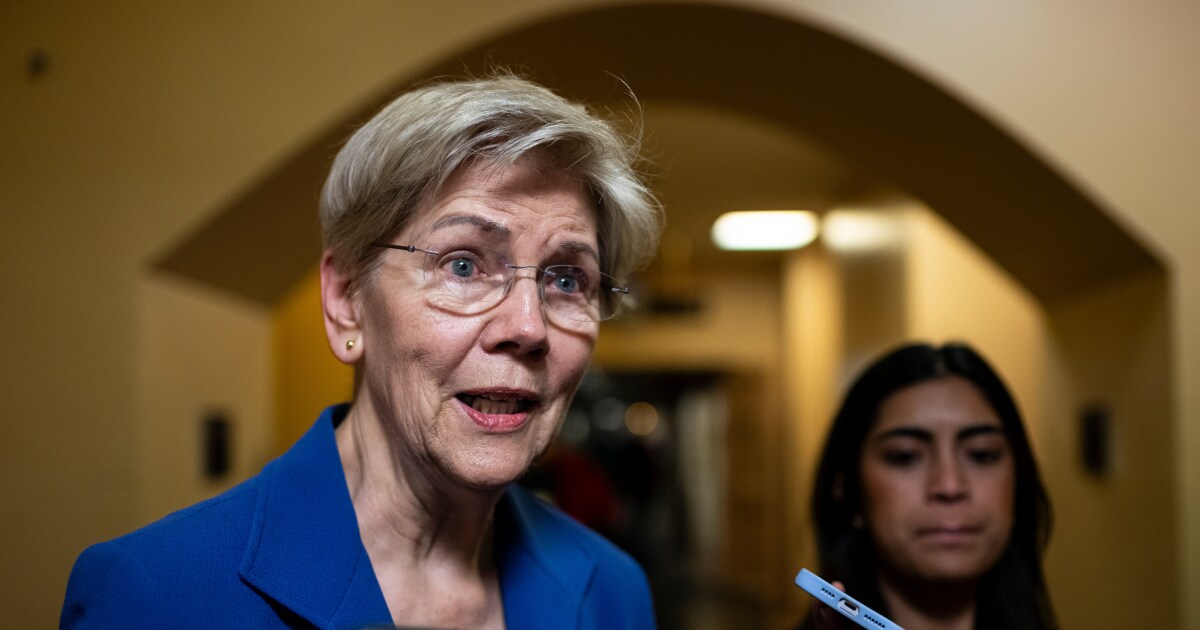
First, a big thank you to Department of Housing and Urban Development Secretary Marcia Fudge and her colleagues at the Federal Housing Administration for removing the stigma of FHA rejects. Back in April, we noted in this column that the procedure of flagging loans that previously had been denied was unfair and even discriminatory.
"Let's say you were denied credit by a government issuer, a bank or credit union that has higher credit overlays than the FHA minimum requirement," we wrote. "That lender must file a call report documenting the credit decline. Congratulations, you are now an 'FHA reject' and may never qualify for a government mortgage."
Kudos to former MBA CEO Dave Stevens and others in the mortgage community for pushing this long overdue change. But there is more good news. Federal Housing Finance Agency Director Sandra Thompson seems to be putting another bad idea to rest, in this case changing how mortgage lenders use credit score when underwriting a mortgage.
For some time now, we've been hoping that FHFA would eventually realize that changing the use of credit scores in consumer lending is a big, big undertaking that far exceeds the agency's authority. Even if you are soaring through the clouds propelled by progressive pixie dust, using two credit scores to underwrite a loan is impossible.
Ian Katz of Capital Alpha Partners in Washington notes that Thompson had always said that there would be a multi-year implementation phase, but now FHFA seems to be slowing the process even further.
"There have been a lot of questions about how the switch from three credit reports to two would work, and it seems the short answer is that the FHFA isn't sure yet and wants more time to figure it out," Katz wrote in a client note.
Katz continued: "We don't know when the study and work will finish, and the FHFA didn't offer any estimates. But we wouldn't be surprised if this remains unresolved by the end of the current presidential term."
Meanwhile, FDIC Chairman Martin Gruenberg made comments to the Exchequer Club this week about the deliberations of the Financial Stability Oversight Counsel regarding nonbank risk. The good news is that Chairman Gruenberg's remarks focused first and foremost on hedge funds, money market and other entities, with mortgage finance last.
Hedge funds and other high leveraged vehicles are where the true risk resides in the world of finance. The exposures Chairman Gruenberg referred to with respect to highly leveraged funds is concentrated in large prime broker banks such as JPMorgan, Goldman Sachs, Morgan Stanley and Citibank, and other nonbank finance companies and fintechs.
The major dealer banks on Wall Street have derivatives portfolios that are orders of magnitude bigger than their balance sheets or capital. Morgan Stanley, for example, has gross derivatives exposures equal to more than 3,000% of total assets.
Most of the derivative exposures of these banks are from interest rate swaps, a crucial market which mortgage bankers and other counterparties use to hedge risk. As Chairman Gruenberg notes, the FSOC is most concerned about the use of derivatives to speculate on interest rate movements in the Treasury market.
"Nonbank financial institutions were major contributors to the financial instability that led to the Global Financial Crisis of 2008," Gruenberg noted, ignoring the public record. "According to the findings of the U.S. Financial Crisis Inquiry Commission, certain nonbanks contributed significantly to the crisis because they were allowed to freely operate in the capital markets with insufficient regulation, no transparency requirements, and no limits to their reliance on leverage."
In fact, market-funded banks and near-banks such as Citibank, Countrywide, Washington Mutual, Lehman Brothers, Wachovia and Bear Stearns were responsible for the 2008 crisis. Citibank's "mortgage power" product in the late 1980s, for example, was actually the first subprime, no-doc mortgage loan offered in the U.S.
The government-sponsored enterprises, Fannie Mae and Freddie Mac, were the primary buyers of these subprime loans originated by Wall Street's largest banks. Yet bank regulators in the Basel nations ignore the public record and instead point the finger of blame for 2008 at nonbanks?
Chairman Gruenberg spent part of his talk at the Exchequer Club repeating the tired rhetoric about "risk" from mortgage lenders and servicers. He also parroted the inaccurate statements by Ginnie Mae officials about MSR price "volatility," which is completely wrong. Ginnie Mae has never published any data to support their frequently cited concerns about MSRs.
In fact, MSRs are the single most solid capital asset that banks and nonbanks can hold in a rising interest rate environment. In coming months, nonbank firms that hold MSRs will thrive while commercial banks holding commercial real estate loans, for example, will be annihilated thanks to the Fed's interest rate hikes.
The FSOC met on Friday to consider the "proposed analytic framework for financial stability risk identification, assessment, and response and the council's proposed guidance on non-bank financial company determinations." But you can be sure nobody on the FSOC will discuss the primary source of volatility in the U.S. credit markets, namely the $33 trillion federal debt.
"The FSOC Hedge Fund Working Group found that hedge funds were among the three largest sellers of Treasury securities by category in March 2020 along with foreign institutions and open–end mutual funds," Gruenberg noted. "And that they materially contributed to the Treasury market disruption during this period." Nonsense.
The biggest threat to banks, nonbanks and all U.S. citizens is not the speculative gyrations of hedge funds in the Treasury market or the minute movements in the valuation of MSRs. No, the single largest risk to the U.S. economy is the federal debt and the inflation and market volatility that it creates.
The inability of the U.S. government to manage its affairs and eliminate fiscal deficits is the single largest source of risk to the financial system. The grotesque derivatives exposures of U.S. banks shown above are a direct byproduct of the federal debt. Investors selling Treasuries are simply trying to navigate in a market dominated by the U.S. government. Nonbank risk is immaterial in comparison to the existential risk created by the U.S. Treasury.
Until the Congress eliminates the federal deficit, all of the ministerial puffery from the FSOC about risk, real and imagined, just adds to the political dissonance of Washington. If Chairman Gruenberg and Treasury Secretary and FSOC Chair Janet Yellen really want to see the source of risk from leverage in the financial markets, they should simply look into the mirror.



